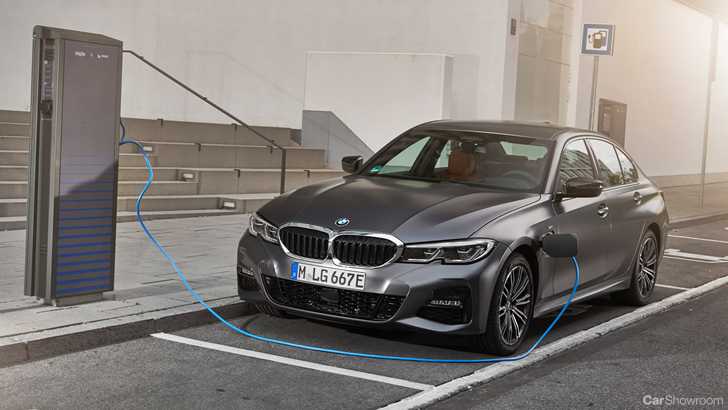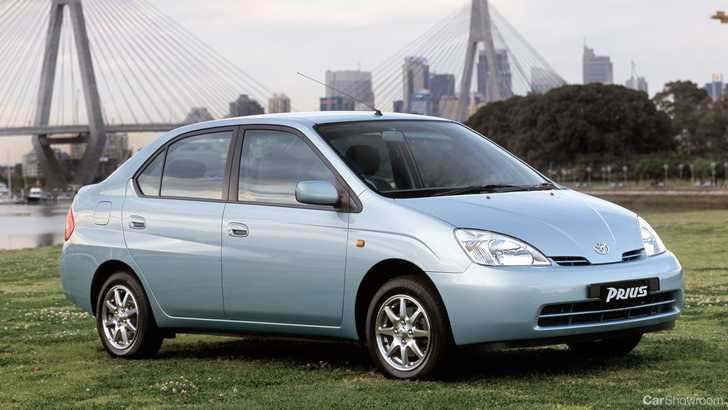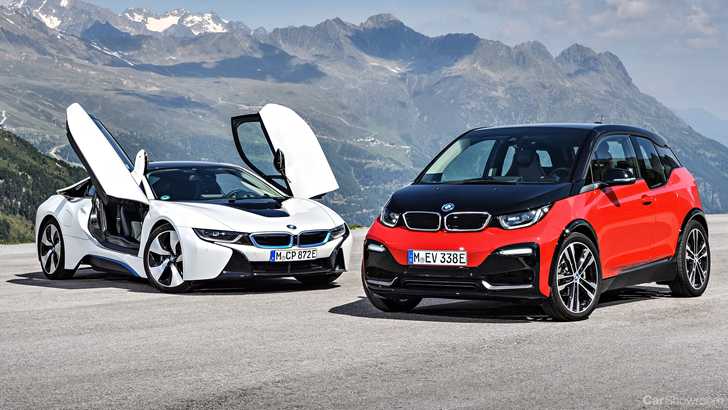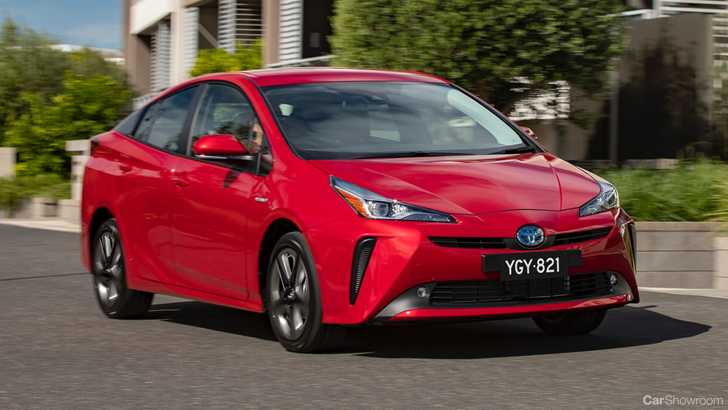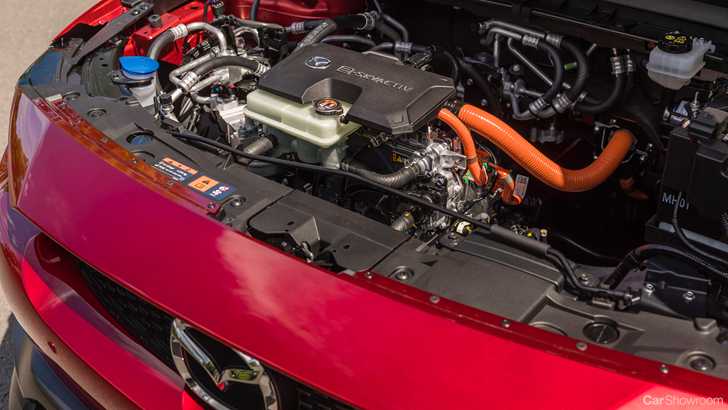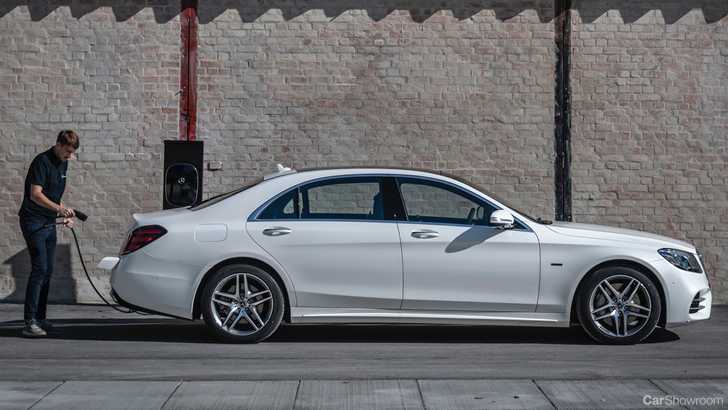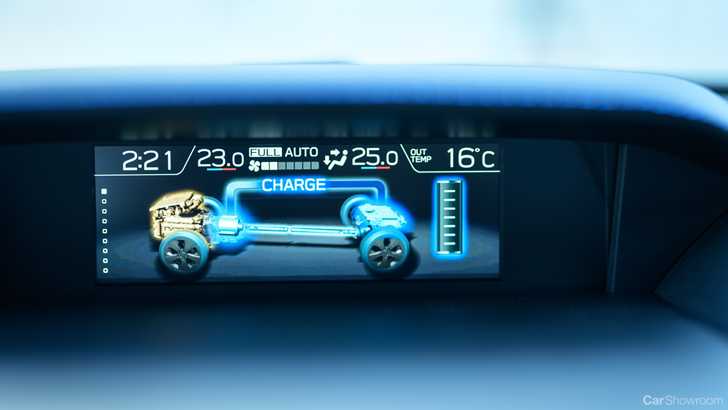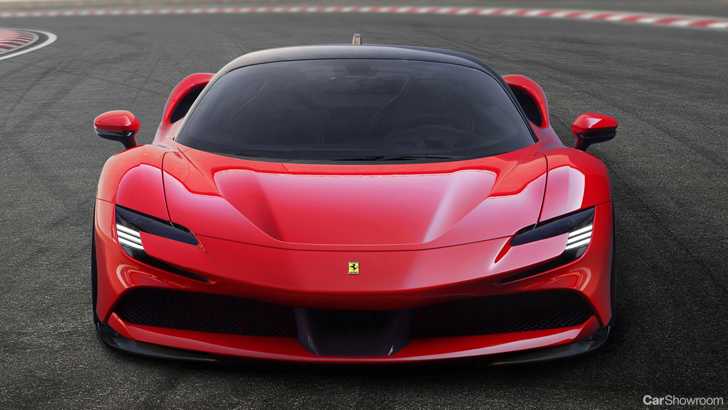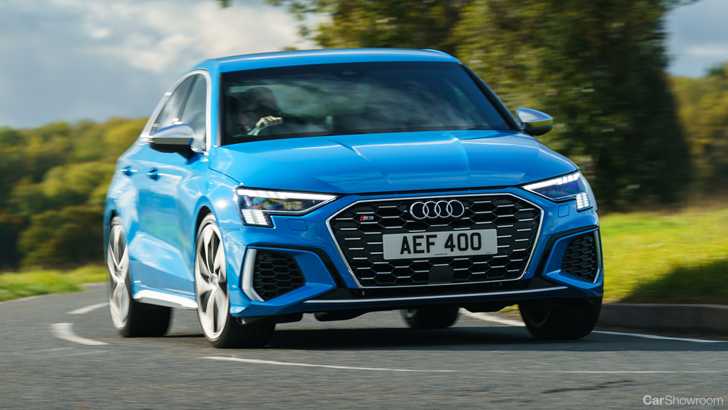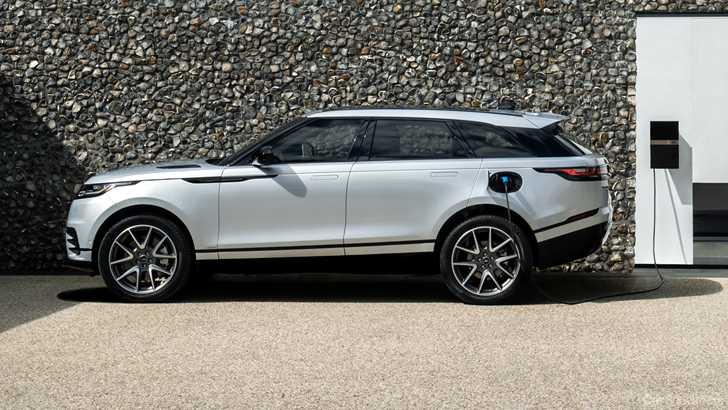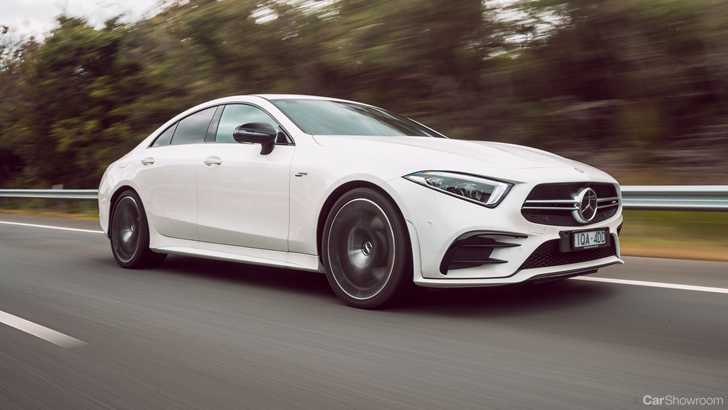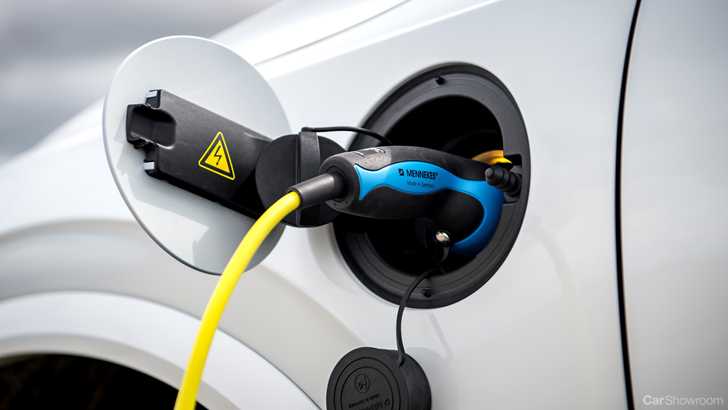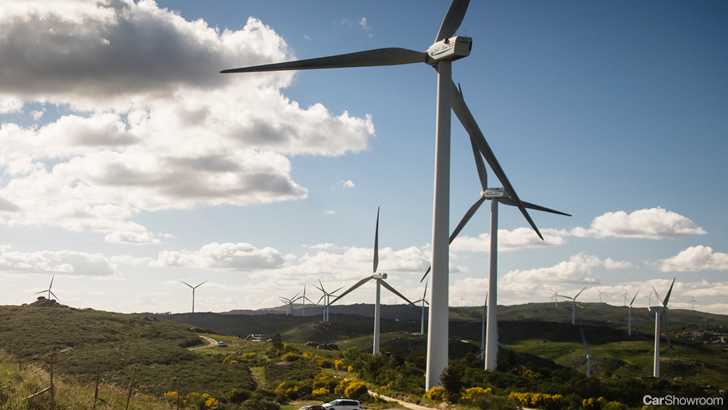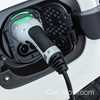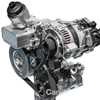Hybrids, and indeed electrification, is the way forward as far as modern, zero-emission mobility solutions are concerned. To that end, many Australians are thinking broadly along similar lines and have begun to pay closer attention to electrified cars such as hybrids and electric vehicles.
This is thanks in part to the ground work laid down by manufacturers such as Hyundai and Toyota who show mainstream consumers the benefits of driving an electrified car in the here and now. The Japanese automaker was one of the first to push the boat out to sea with the release of the Prius in 1997 and has been at the forefront of hybrid electric technology ever since.
In April 2020, Toyota Europe put out a statement saying they’ve passed a milestone of shifting 15 million hybrid electric cars worldwide since the introduction of the Prius in ’97.
Just a year earlier in 2019, the same Japanese car builder pulled a move that stunned the entire automotive industry and indeed the world. Firstly, they announced that Toyota will be granting royalty-free licenses on nearly 24,000 patents it currently holds (including some pending ones) for vehicle electrification-related technologies.
Second, Toyota will provide a fee-based technical support to other manufacturers who use their tech such as motors, batteries, PCUs, ECUs and other tech related to their electrified powertrain systems.
It’s great to see that car manufacturers like Toyota are taking up a constructive and forward-looking stance in the name of ecologically responsible mobility, even if it costs them billions of dollars and decade’s worth of research. In the end, it’s a small price to pay.
This article serves to be a helpful guide to the throngs of potential future buyers of electrified cars. Knowing what’s under the bonnet of these hybrid electric cars will help you figure out and identify choices in the market. Given that most manufacturers already plan on releasing even more electrified vehicles in the coming years, this guide will help you choose the best option.
With that, let’s take a closer look at some of the different types of hybrid electric cars out there, how they work, what hybrids are already on sale in the market, what hybrid cars can we expect in 2021 and what are some of the pros and cons to consider?
Types of Hybrids
The world of hybrid electric cars has indeed grown volumes since the Prius’ introduction in 1997. That car used an elementary version of Toyota’s parallel hybrid system. Just so you know, this type is also a closed-loop system. Going forward, these are the few types of hybrids out there that you need to know about.
The list of hybrid system types kicks off with the parallel hybrid system. This type means both the Internal combustion engine (ICE) and electric motor are both connected to a conventional gearbox which can simultaneously drive the wheels. The petrol engine can be used as a generator to charge up the battery pack when its power level hits low.
A series hybrid is a type where just the electric motor drives and moves the car, with a small petrol or diesel engine on-board to serve as a generator to recharge the battery pack. Speaking of which, the battery pack in this type of hybrid is much bigger than a parallel hybrid, thus giving it more pure-electric driving range. The small petrol engine, often called a range extender, kicks in once the battery’s state-of-charge dips below the threshold.
Next up is a system called Power-Split hybrids (sometimes referred to as a series parallel system) which combines the properties of both series and parallel systems into one. But why? The combo of systems produces a more efficient result overall as series hybrids are better around towns, cities and low speeds while a parallel type is better at higher speeds. The down side, is that this system costs more than a parallel hybrid type since it needs a generator, bigger battery pack and a faster computer controller unit to manage the dual system.
Furthermore, there’s a couple types of the degree of hybridisation in these electrified cars. The first being a full hybrid. This system allows the car to be driven exclusively by the petrol engine, or the electric motor, or a combination of the two. To accomplish this, a high-capacity battery pack is needed to store the energy used by the motor to drive the car. The downside is that it can rob cabin space, weighs alot and costs more.
The other type of hybrid is called an MHEV or Mild Hybrid Electric Vehicle. This type of hybridisation isn’t enough to propel the vehicle solely. An MHEV is basically just a regular car with a regular petrol or diesel engine but fitted with a hefty starter motor (sometimes called an ISG or Integrated Starter Generator/motor) which allows the car’s engine to be turned off while coasting or braking or just stopped at the lights. The ISG then starts the engine seamlessly when you hit the throttle. This system varies in electrical capacity ranging from 12 to 48 Volts depending on the model.
A small electric motor lives in the space where a torque converter would be, mounted between the engine and gearbox. Since the battery pack and motor are less powerful and much smaller in size than a full hybrid, it will help manufacturers slash the cost and weight associated with electrification.
Finally, we come to PHEVs or Plug-in Hybrid Electric Vehicle. This type differs from the previously discussed hybrids as they are all closed loop systems. A PHEV can charge the car’s battery pack via a charging port and high-voltage power cable. For more on EV charging solutions, click here to check out this article.
As we’ve read, there are three basic types of powertrain architectures for hybrids and a PHEV makes use of all three. It can be driven either on electric power solely, or be driven with both the petrol engine and electric motor working in tandem or it can operate in either mode as a series parallel system would.
For those not in the know, a battery cell or pack for that matter, cannot be charged up via AC power even though you plug it in to an AC power source like a wall socket or charging station. A PHEV has on-board an existing high-powered inverter which acts as an AC-to-DC converter, thus filling up the batteries with charge.
Regardless of the type of hybrid, each one of these systems can scavenge electrical power to top-up the battery pack by means of regenerative braking.
What’s On Sale?
Currently on sale in the market is some 29 different HEVs and MHEVs. These range all the way from sensible, practical family cars such as the Hyundai IONIQ Hybrid to SUVs of varying sizes to sports cars such as the Mercedes-AMG E 53 and the Lexus LC 500h.
They also vary significantly in terms of EV range, performance and of course pricing. Here’s a list of every HEV and MHEV on sale right now.
With that list sorted, let’s look at the raft of Plug-in Hybrid Electric Vehicles (PHEV) that are on sale in Australia right now.
- BMW 330e
- BMW 530e
- BMW 745e
- Volvo XC40 T5 Recharge
That’s a copious list of hybrids (HEV), mild hybrids (MHEV) and plug-in hybrids (PHEV) we have on sale right now, which is great, because it gives consumers such a wide array to choose from. Whether it’s a blistering Mercedes-AMG GLE 53 for conquering the countryside on weekends or a practical daily runabout for taking the kids to school and doing the week’s shopping run, there’s a hybrid to suit your needs.
What’s Coming?
Now though, let’s take a look at some of the electrified cars, like the ones we’ve seen previously, that are poised to be outed this year and perhaps even later than that. These are some of the PHEVs we can expect.
- Ferrari SF90 Stradale Spider
Moving forward, these are some of the HEV and MHEV models you can expect to see on sale here from later this year.
The Good, The Bad and the Electric
Obviously, hybrids, just like lots of other pricey and consequential things, have their own pros and cons when it comes to ownership. Let’s explore some of them.
Electrified vehicles can be very expensive to buy and so hybrids or HEVs are one of the best ways of getting into the club. In Australia, the Toyota Corolla Ascent Hybrid is the cheapest option in the country, replacing the now discontinued Prius C at $27,423.
The pros of choosing a hybrid vehicle are apparent. Hybrids make less noise and feature more refinements to ensure a primarily quiet driving experience, which makes a sizable difference when it comes time to hit the road. All hybrids also feature a stop-start system which kills the engine when you’re coasting along or coming to a halt at the lights. This helps save fuel, lessen carbon and nitrogen oxide emissions and cuts the drone of a running engine when idling in stuck traffic.
Furthermore, a hybrid will not suffer from range anxiety – a common affliction among electric vehicle drivers. The battery pack in a hybrid never needs to be plugged in (because it can’t) and will continuously be charged up via the petrol engine. Simply refuel the petrol tank and you’re good to go.
For starters, the downside of a hybrid is that they are generally more expensive to buy than their conventionally-powered siblings. While hybrids are great for city slicking, they aren’t so great when they’re out on the open roads and at speed. The electrified element and its benefits are wasted in that situation. Additionally, cabin space is robbed to accommodate the bulky battery pack.
Speaking about bulky, the electrification system in hybrids can add several hundred kilograms to a cars kerb weight, therefore making it less efficient. Finally, we have battery cell degradation. While they’re usually warrantied for several years, they will need to be replaced and that could cost many thousands of dollars depending on the make and model.
Moving onto the pros of choosing a plug-in hybrid or PHEV. As you know by now, it’s similar to a hybrid but with a charging port. In fact, a PHEV is closer in terms of its driving experience to a pure electric vehicle than it is to a hybrid. Comparatively, a PHEV has a bigger capacity battery pack and with it much more pure-electric driving range.
PHEVs are also much cheaper to buy than pure-electric cars or EVs. For example, in our Showroom, the price difference between a Hyundai PHEV Elite and an Electric Elite is $6,080. That, plus fuel and other savings drivers would garner, could make the case for the PHEV. Consider this too. Given that Australians drive an average of 32km per day, and most PHEVs have an EV range of between 35 and 55km, and owners regularly plug-in their cars at night, you would be making far lesser trips to the pump than you would in a hybrid.
The cons of PHEVs are similar to what we just discussed with hybrids. Less cabin space, extra weight, higher purchase price when compared to petrol or hybrid counterparts and battery pack wear and degradation. Furthermore, like an EV, a PHEV needs to be plugged-in to retain its maximum efficiency. PHEVs can take several hours to charge up when hooked up to a household socket. The alternative is to use a charging station. Trouble is, while more and more stations are being built, the current lack of public charging infrastructure is a major factor when it comes to the wide-spread adoption of electrified vehicles.
Lastly, A PHEV is quite a machine with two engines, multiple electronic controller units and a plethora of extra electrical engineering going into them. That said, it’s got more components to service, repair and replace than a hybrid. Some of these parts maybe rare or scarcely available and can be quite expensive to get a hold of.
Mild hybrids (MHEVs) on the hand can be hard to classify as a hybrid as it has a tiny battery pack and no electric motor to drive the car. Rather it has an ISG or Integrated Starter Generator/motor which helps in the car’s start/stop operation. Propulsion still comes from an internal combustion petrol engine. In models such as Mercedes-AMG’s CLS 53, the 48 Volt system can help the car coast along on highways and is responsible for working an electric compressor which works in tandem with the turbocharger, thus delivering better performance.
Which Is Better?
So, which is better? An HEV or PHEV or MHEV? Well, we can only bring you the facts and figures but ultimately, it’s up to the consumer to decide. But if what you want is a fuel-efficient, low-emissions way of pottering around town for ‘cheap’ then a hybrid vehicle is probably for you.
However, if you’re the type that wants all the characteristics and driving dynamics of an electric vehicle but don’t want any of the range anxiety associated with it, then a plug-in hybrid vehicle is probably the one for you.
But if you’re the sort that enjoys the drones and sounds coming off an internal combustion engine and prefers the sharper driving dynamics associated with having a petrol-powered engine and less weight but still wants a modicum of fuel efficiency when driving in towns and cities, then look no further than an MHEV.
Before we wrap up, consider this. While hybrids of all types and degrees are good for the environment, they are actually no better than conventionally-powered cars if they are going to be recharged up using dirty coal-fired power. Recharging them on renewable energy is the only way to cut down our carbon consumption.
As it stands, over 80 percent of our electricity comes from coal-fired power plants. Meanwhile, the Federal Government’s numbers show less than 19 percent of our power comes from renewable energy sources such as hydro, wind, solar and wave power.
Both state and federal governments must step up to the challenge. But instead of doing so, some have gone the other way with the South Australian and Victorian governments imposing an ill-thought out tax to be levied upon EV drivers. Which, to this writer, is bloody ridiculous.
For more information and for the best price on your next brand-new car, please visit our Showroom.
References:
Rac.com.au
Finder.com.au
Caradvice.com.au
EVcentral.com.au
